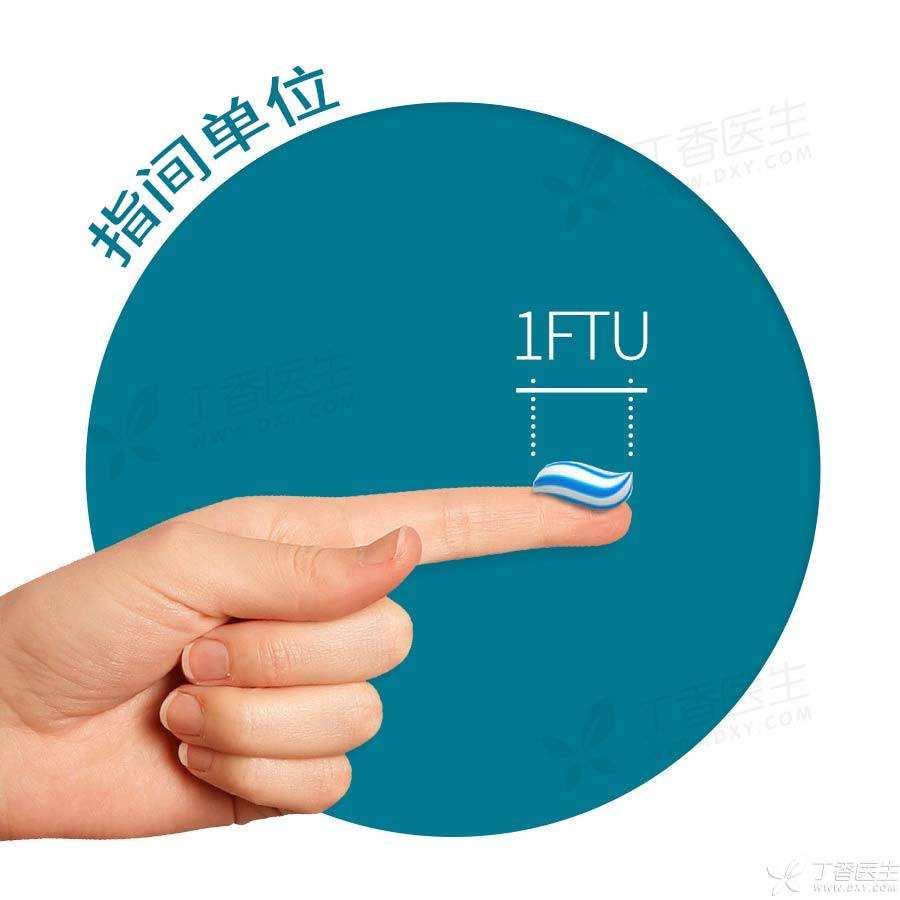
Skin, as the largest organ of the human body, is exposed to the outside, which is the first line of defense for us to resist the invasion of harmful substances from the outside world. Therefore, it is often the first to suffer and need diagnosis and treatment. However, many people are still confused and have many doubts even after going to a doctor and returning home with the external medicine prescribed by the doctor.
How about a little potion and a little ointment?
Mr. Wang, a citizen, had eczema and went to the hospital for medical treatment. For the first time, the doctor prescribed a bottle of liquid medicine and instructed him to return to the hospital in a week.
When the original doctor didn’t go to work, Mr. Wang changed to a doctor. The doctor looked at the medical record book, then looked at Mr. Wang’s rash and prescribed an ointment. Mr. Wang was a little puzzled, why are the medicines prescribed by two doctors for the same disease different? Which doctor was wrong?
In fact, any doctor is right. The principle of medication is different at different stages of the onset of the same skin disease. Like Mr. Wang’s eczema:
- Acute period often has exudation, should first use solution wet compress, such as 3% boric acid, 0.02% furacilin and other aqueous solutions. There are small red pimples, i.e. Papules, and when there is no exudation, preferred powder or lotion, such as calamine lotion. Ointment and other ointments should be selected when skin thickening and moss occur in old eczema.
Why does what prescribe the same medicine?
On the way to pay the fee, Mr. Wang looked in all directions bored and saw two people in front of him. One medical record said: seborrheic dermatitis, with sulfur cream prescribed, and the other medical record said: scabies, with sulfur cream prescribed. Isn’t this what [Doctor Tiger Balm] did?
In fact, the same drug may exert different effects at different concentrations, such as:
- Sulfur: When the concentration is less than 5%, The main manifestation is to inhibit sebum secretion, The effect of promoting cutin formation, When the concentration reaches 10% ~ 20%, It has the effect of sterilization and insecticide. Salicylic acid: 0.5% ~ 2% salicylic acid paste and ointment have cutin promoting effect, However, salicylic acid with a concentration of 5% ~ 20% has a rapid keratolysis effect on skin and will cause exfoliation. Retinoic acid: For photoaged skin, 0.025% retinoic acid cream is applied externally before going to bed, and improvement can be seen after a certain period of time. However, for diseases with abnormal keratinization such as lichen planus and hair follicle keratinization, 0.1% ~ 0.2% concentration retinoic acid cream is often used to receive good effects.
Do you apply it by hand or with cotton swabs?
Mr. Wang paid the fee, took the ointment, and returned home. He was about to apply it. He was puzzled again. He applied it with his hand. He felt that his hand was not clean. With cotton swabs, he seemed to apply it unevenly.
1. Powder
It is used on the skin surface, mainly for absorbing moisture and reducing friction, and can be spread on the affected surface without absorbing drug effects through the skin.
2. Solution
It can be dipped in cotton swabs and coated on the skin surface. If it is used for wet compress, it can be covered with gauze after soaking in liquid medicine.
3. Lotion and liniment
This kind of external medicine will be layered after standing for a period of time, with sediment under it. Shake it well before use, then dip it with cotton swabs and apply it to the affected part.
4. Ointment, Gel
These two types need to be treated by skin absorbing the effective ingredients in drugs. They should be applied by hand, rubbed to skin for absorption, and then washed.
How much ointment is appropriate?
Check how to use the ointment. Most of them say [apply appropriate amount to the affected part]. How much is this appropriate amount?
There is a very simple and easy-to-understand concept, finger tip unit (FTU), which can help you. An interfinger unit is:

Interphalangeal units have been widely used in health education and nursing guidelines in many countries around the world. Comparing the size of the affected part with the application scope of an interphalangeal unit ointment, you can clearly know how much ointment needs to be applied.
The ointment of an interphalangeal unit can be applied to an adult:
- 2 palms (including fingers, excluding the back of hand), 1 foot (including instep) and 1 face (face)! No back of the head! ) Other parts you can measure with your palm
When in use, you just need to squeeze the ointment onto your fingers like toothpaste. The thickness is designed by the pharmaceutical factory on the outlet diameter of the ointment tube, so you don’t have to worry about it.
In addition, for children under the age of 8, the dosage should be reduced as appropriate under the guidance of doctors. In addition to plasters prescribed by doctors, skin care products of emulsions and creams can also refer to this dosage standard.
The hospital was overcrowded and the doctor had no time to explain this to Mr. Wang. Mr. Wang came home gloomily with the ointment and was full of doubts.
You are luckier than Mr. Wang. You have paid attention to Dr. Clove:)
